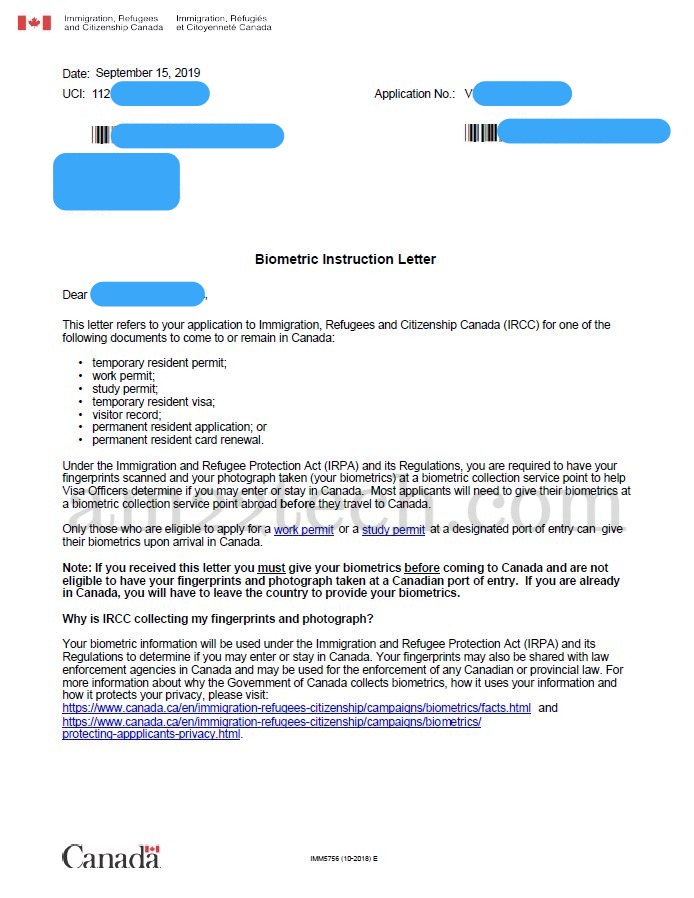
What Is Biometric Verification For Canada Visa?
What is biometric verification and how it works is the question many people who live in Canada want to know. It is hard to deny that the world becomes more reliant on computers, and with that comes a need to have ways of "knowing" who a person is without needing to see them. However, if you do not know that person's name, what are some ways of verifying their identity?
One way of verifying an individual's identity without them knowing they are being tested by a biometric verification system is to use something called a fingerprint or handprint. These are simply pieces of print that are made by the individual themselves. They are then placed on a piece of equipment that scans the print. If the scan matches up to what is known as a fingerprint or handprint, then the individual is considered to be that person and their visa will be approved.
Another way of verifying an individual's identity is through their use of iris, or eye color. When a person wants to get a visa to Canada, their eyes are usually required to be examined by a special agent before they can receive their passport. A biometric verification system used by the Canadian government is similar to this process. The officer takes an iris print from the individual and then compares it with what is known as a digital fingerprint file. If the match is there, then the visa is approved. Of course, this only works if the individual can provide the fingerprints themselves.
Some individuals try to cheat the system by giving false information. For example, if the person has dyed their hair several different colors and their hair matches the dye pattern on their forehead, they may try to tell the border officers they actually dyed their hair. If this information is given out, then the biometric verification system will allow them to pass. However, if the agent knows the true color, then they will not accept their story. If the agent can match the hair to a specific pattern in the database, then the applicant will most likely still be denied entry.
Biometric verification systems have other uses as well. Some employers want to check if an applicant has the right skills for the job. Through biometric verification, they can determine if the applicant is financially and physically capable of performing the job. This method is much better than relying on human resources employees to do this task, since they may not always be accurate. Therefore, using a biometric verification system is often very helpful when hiring.
There are many reasons why an employer would want to verify the financial capability and skills of a potential immigrant. For one thing, if a person does not have the proper documentation to prove they are legal residents of Canada, the Canadian border services will refuse to grant them a visa. Even if they are accepted into the country legally, crossing the border can be quite dangerous. Also, some employers hire people strictly based on employment possibilities, so if someone does not have a legitimate work permit, the Canadian government may refuse to allow them to stay in the country at all. This means that an illegal immigrant may be facing deportation.
When an applicant is rejected for a visa, then they often try to appeal it. However, appealing the decision to the Canadian immigration authorities requires proof of what is biometric verification for Canada visa. Therefore, applicants must provide certain information, like proof of having lived in Canada for a specific period of time. They also need to provide information about their ability to speak English or any other language.
The biometric verification system is actually part of a larger network that controls who gets a visa and who doesn't. In addition to requiring proof of residence, the system checks criminal records, job history, and education records. While many officials admit that the biometric verification for Canada visa is nothing new, many in the industry believe that it's only now getting widespread attention. One reason why it's becoming more mainstream is the fact that the United States has been steadily reducing its intake of immigrants over the past few years. The Canadian government has also stated that it plans to increase its intake by up to fifty percent by the year 2021.

